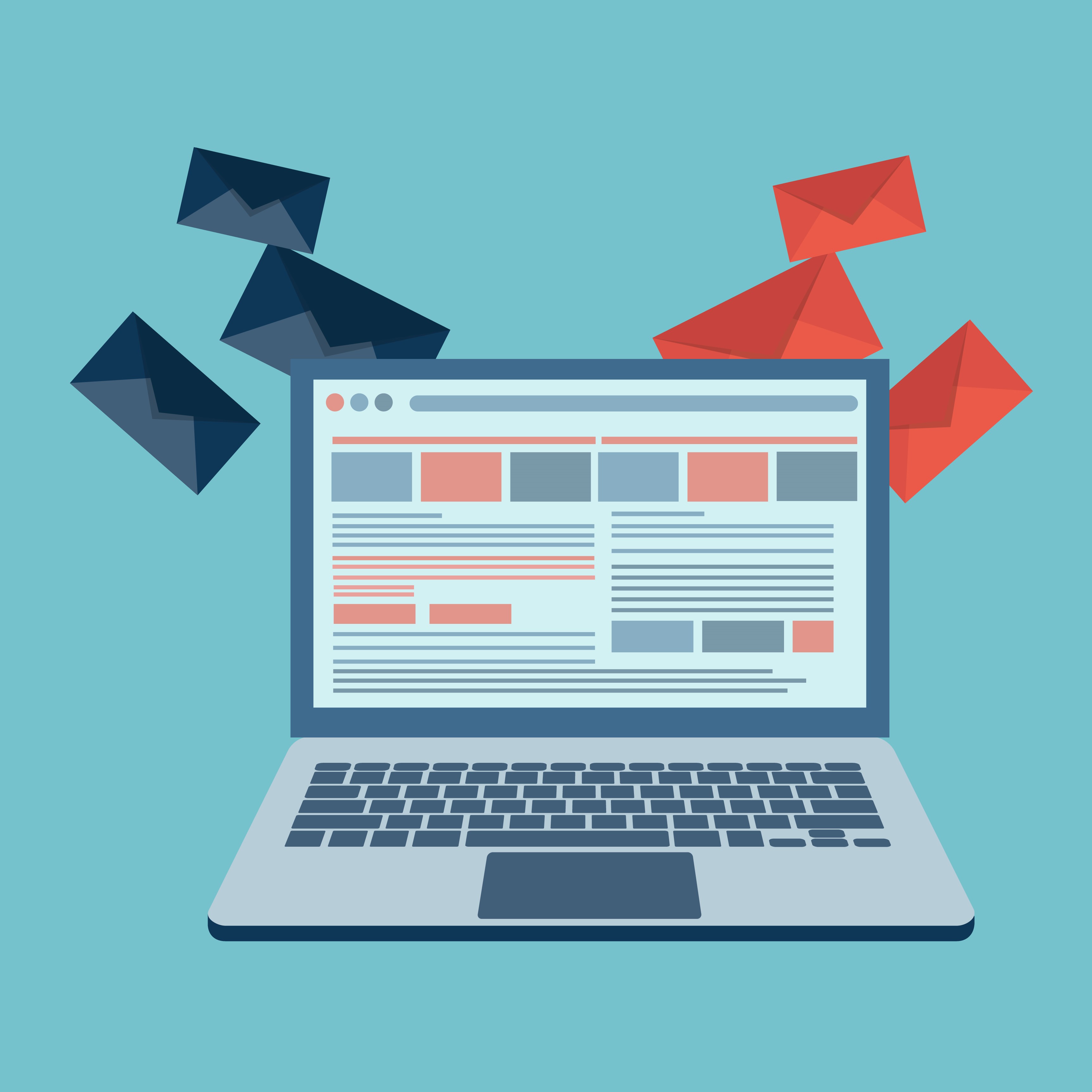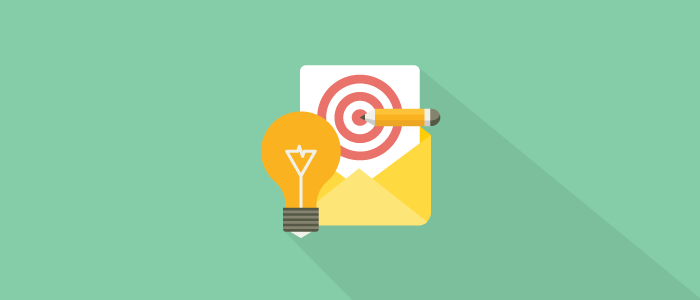vs spam mass email, what are different? spam, also called junk mail, is the email sending to users who have not given their permission to receive them, that is, an unre requested shipment. They are generally shipments of large quantities for advertising purposes. Today, mail managers such as Gmail, Yahoo or Hotmail have an intelligent filtering system that detects this type of email and sends them directly to the spam folder without going through the recipient's entrance mailbox. What differentiates the sending of mass emails from spam? The first difference we find is in reference to the recipient. In email marketing the mail receiver has given its permission to receive it while in the case of spam no. in junk mail there is no segmentation , the campaign is sent to the entire contact list, which is normally of doubtful origin. In the mailing there is segmentation, the campaigns are adjusted to the interests, age, geographical area ... of the user. The content of the email marketing is usually of quality, interesting and useful for the user, but spam is pure advertising. The organization of a mailing campaign is intended, there is an order and a worked design. The junk emails are totally disorganized and lack structure. the matter of junk mail usually contain capital, many exclamation signs and the so-called Spamwords, In addition to being deceptive messages unlike those of newsletters that are strategically thought. Finally the spam does not usually have a low link instead in emailing campaigns it is easily seen, since it is mandatory by law. How can I avoid spam? in the world of mass email it is advisable having a name of self-domain and authenticated. an authenticized self-detention domain gives credibility to the sender and demonstrates that he cares about his image. At the same time, it helps create personal brand and the recipients already dry with the name of the company and associate us with it. It also allows us optimizing the delivery of campaigns . For authentication, the rules of mail suppliers are used to verify the identity of the sender to fight spam. The best way to prevent your mass email shipments from going to the spam folder and reach the entrance mailbox is use an application email marketing, created to perform this function. Its use guarantees good delivery, in addition that with the graphic editor they have we can create fantastic newsletters in just 15 minutes. Why does spam exist? garbage mail is the fast and easy way of email marketing, but gives a bad reputation to the company that does it. It is expensive Id getting subscribers and creating its own database but it is what we must do. Work Leads Magnets attractive and offer some gift (a tutorial, a discount, the first chapter of a course ...) is the best way to fill our database and generate a list of faithful contacts. What consequences can you have spam? make spam gives bad name and bad reputation to the company that performs it, users already mark you as a suspect and will not trust you in the future. There is also a law in article 26 that prohibits the practice of spam and sanctions, therefore can reach € 30,000. Mass emails is the most effective and profitable communication channel on the market. Work day after day to generate the best newsletters for your subscribers and gradually generate an thickened contact list. Author: Lidia Canals, content manager junior of mailify Spain.

Written by: MCK Expertos Digitales
Date: 2017-04-27 00:00:00






